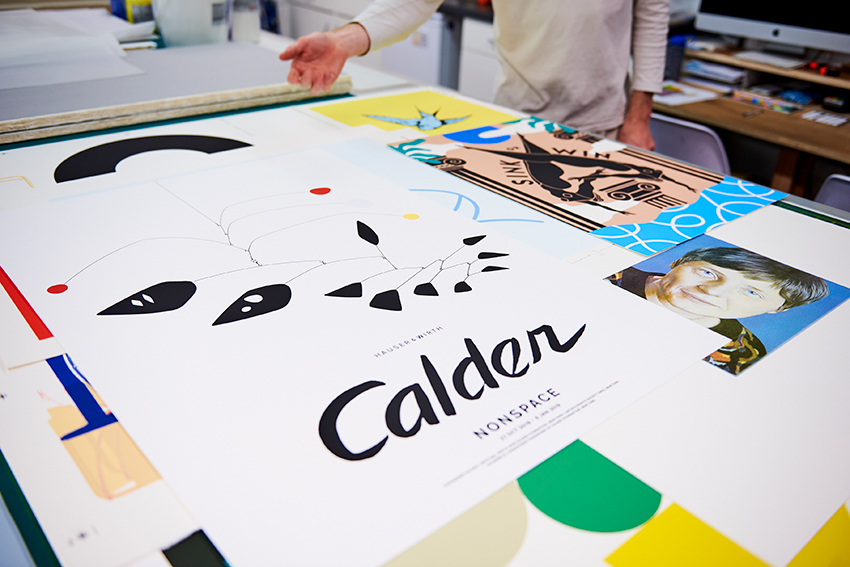Firstly, we’re in the midst of a pandemic (we hope you’re all well!) – how are you guys coping?
It was tough having to furlough all our staff and watch most of our revenue evaporate, but with thorough financial planning and remodelling of the business we’re moving forward. A lot of projects that were already booked in were postponed until after lockdown, but conversely some new and exciting things have come through the door. Most importantly we’re keeping high spirits, good mental health and maintaining proper hygiene.
Tell us a bit about the studio, and the Make-Ready team…
We’ve been in this current space in Kentish Town for about three years – we had one unit to start with, but took on another one last December as we’d doubled in size. It’s fantastic being so close to central London and Hampstead Heath. Usually there are four to five of us working here, but at the moment everyone's on furlough apart from my co-director Catherine and me (I’d probably have a mental breakdown without her).
There are three main rooms; the digital/pre-press and finishing room, the imaging room and the press room. Each is designed to allow ease of workflow; you know everything’s working well when you don’t even notice it, but I’ve put a huge amount of thought and effort into allowing people to use the space efficiently. And we’ve just invested in a semi-automatic wide format printing bench from Kippax which means we’ll have the largest screen size (2.9m x 1.85m) in the city, so we're very excited about that. Together with our other three manual Kippax benches it’s going to be quite a set-up.
















